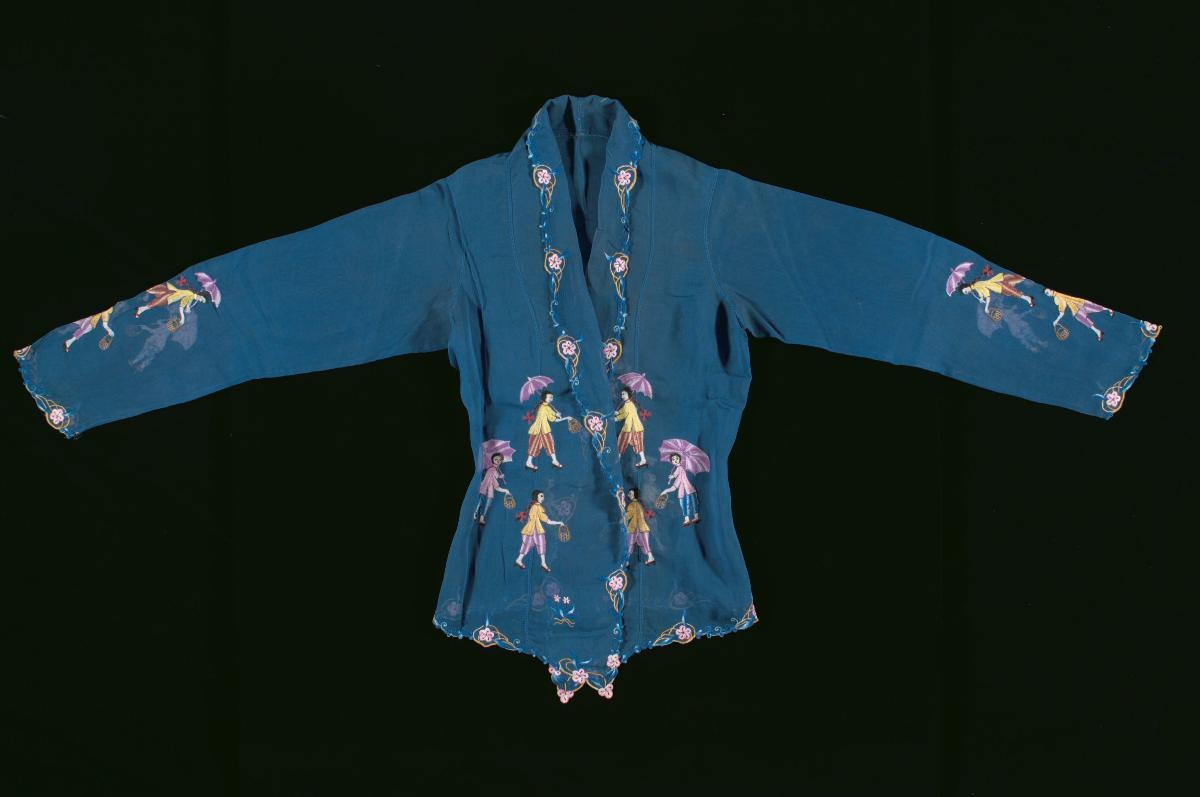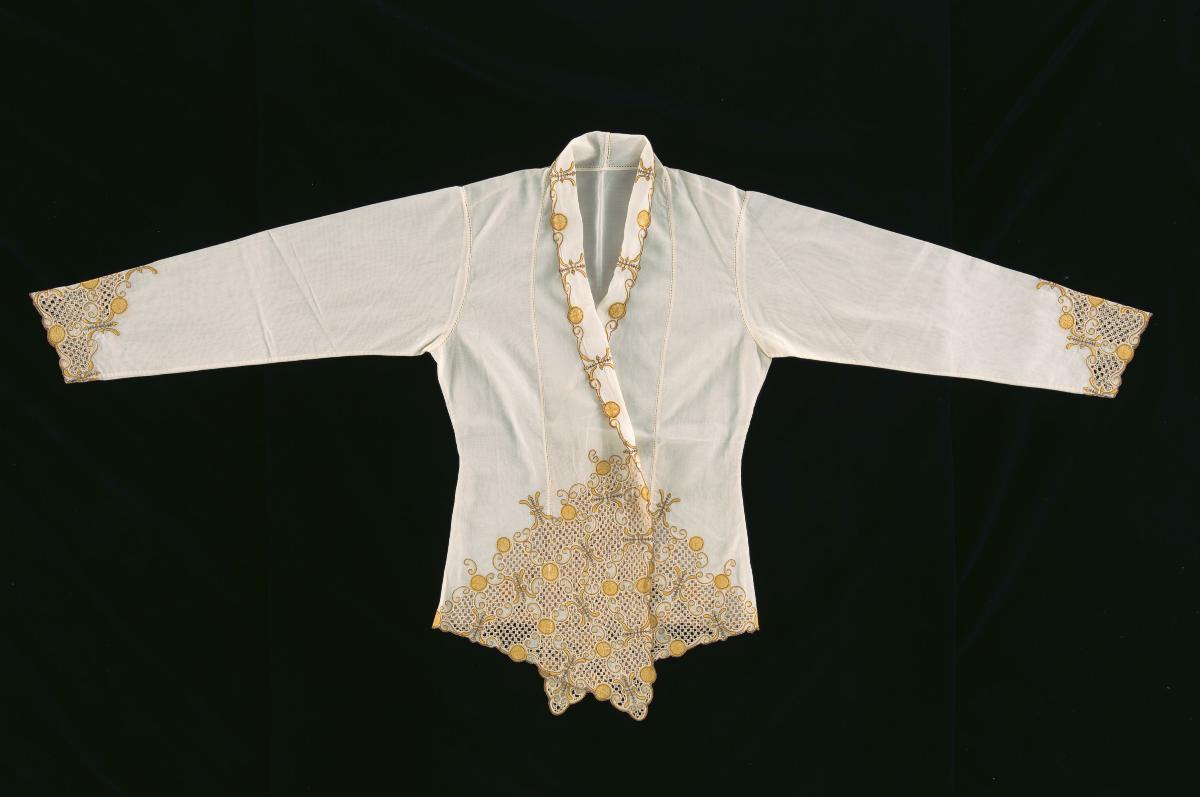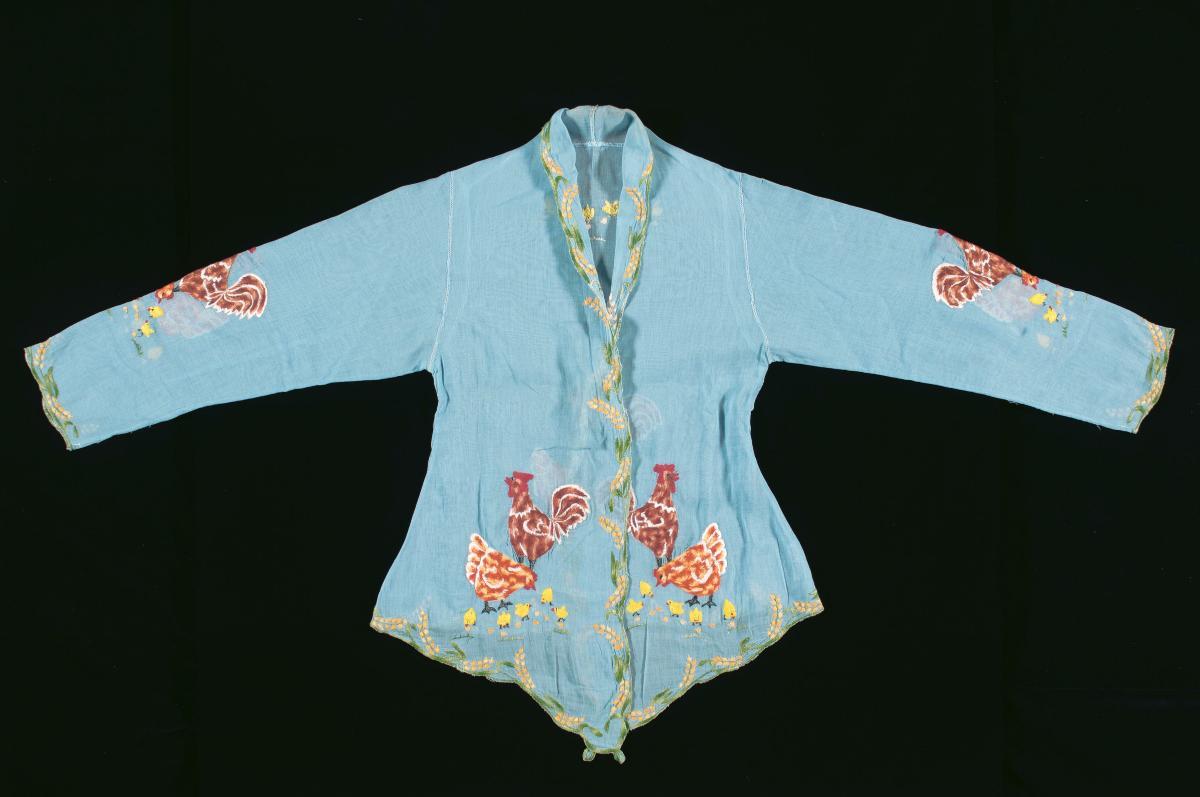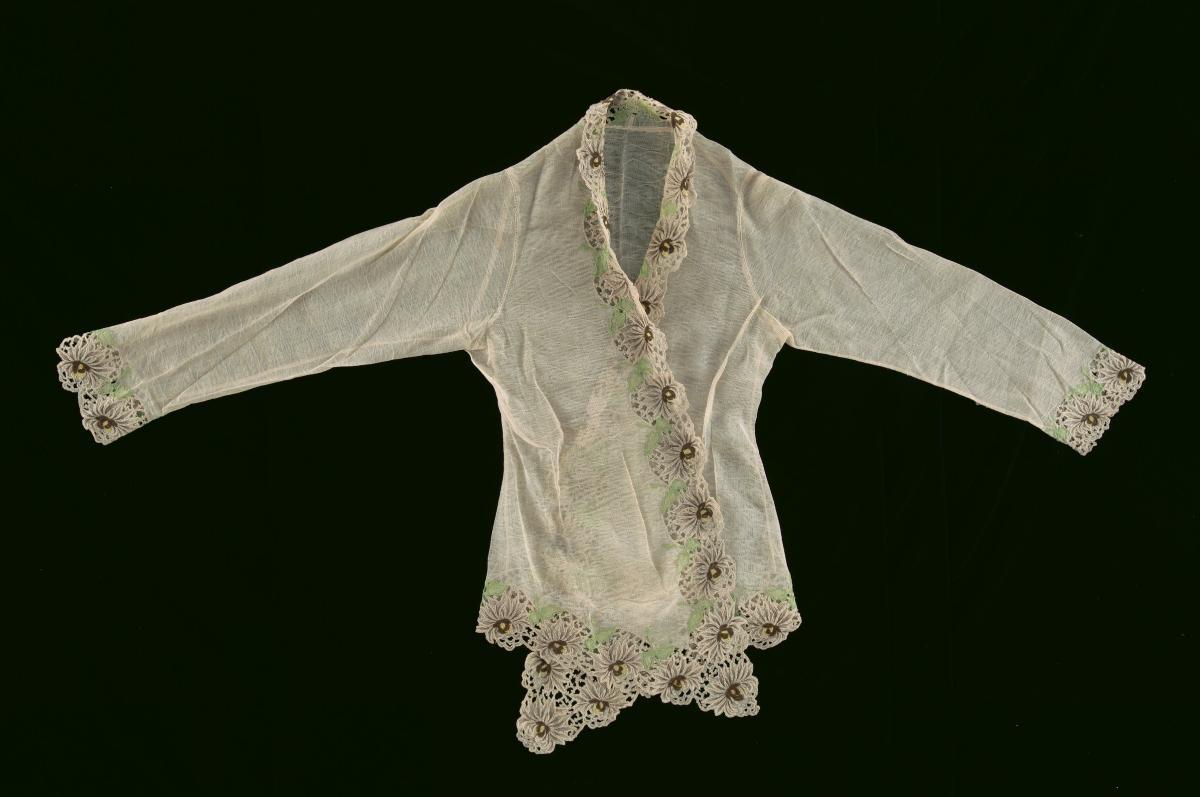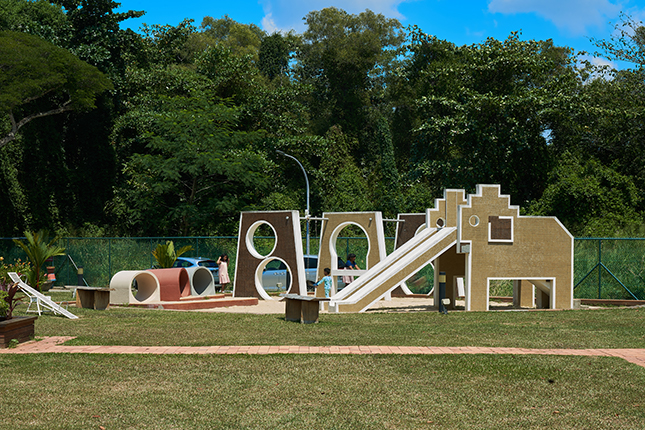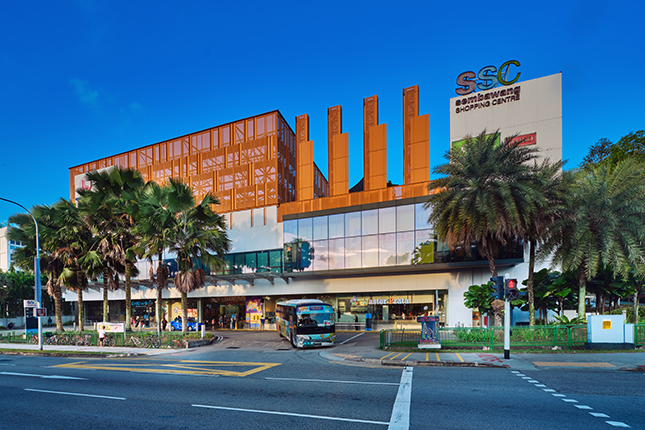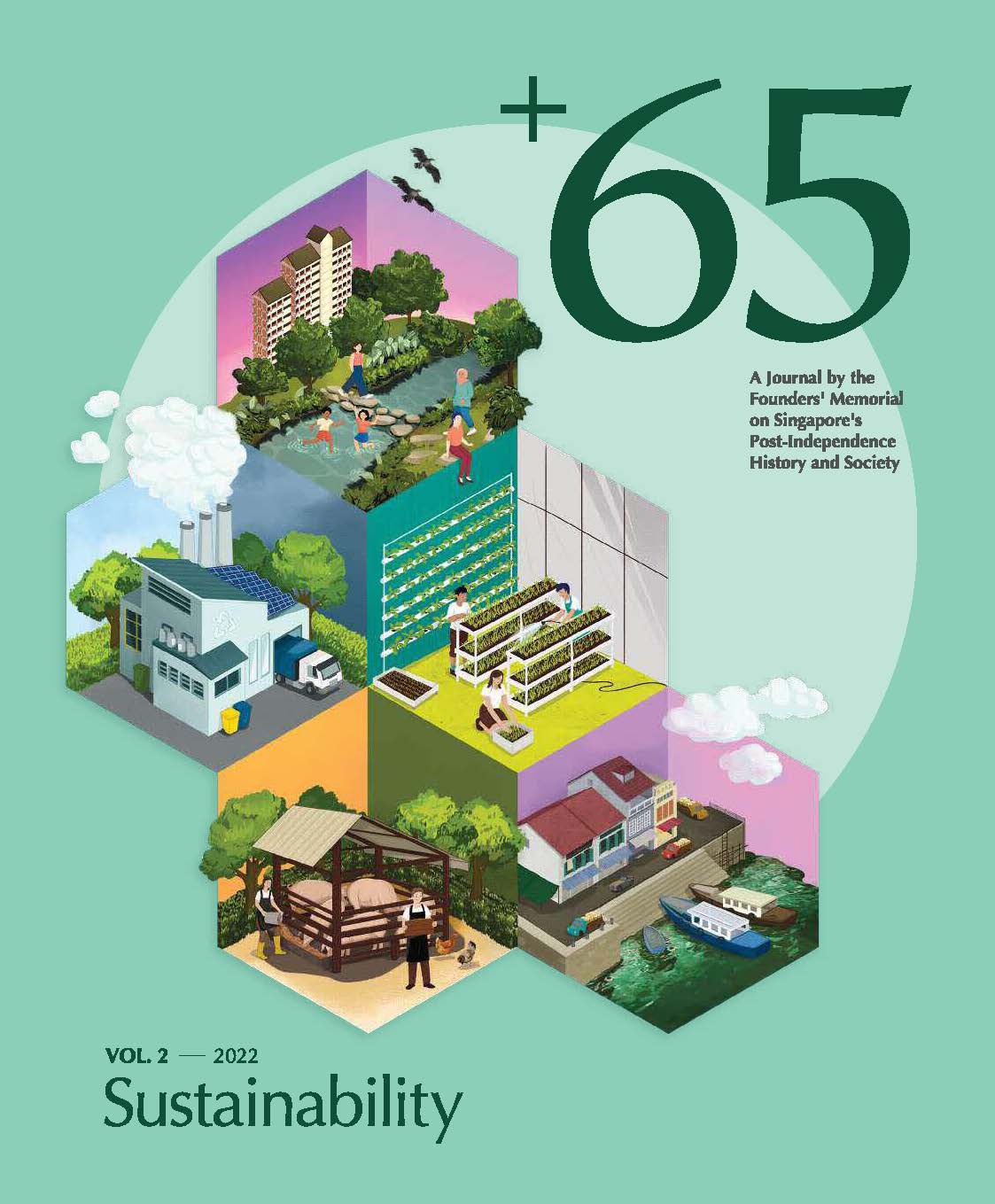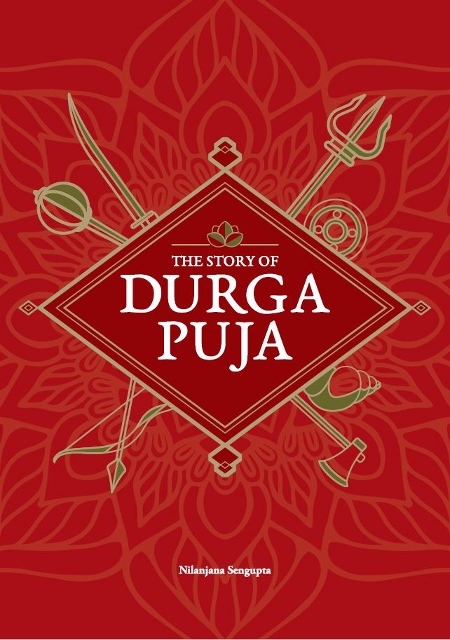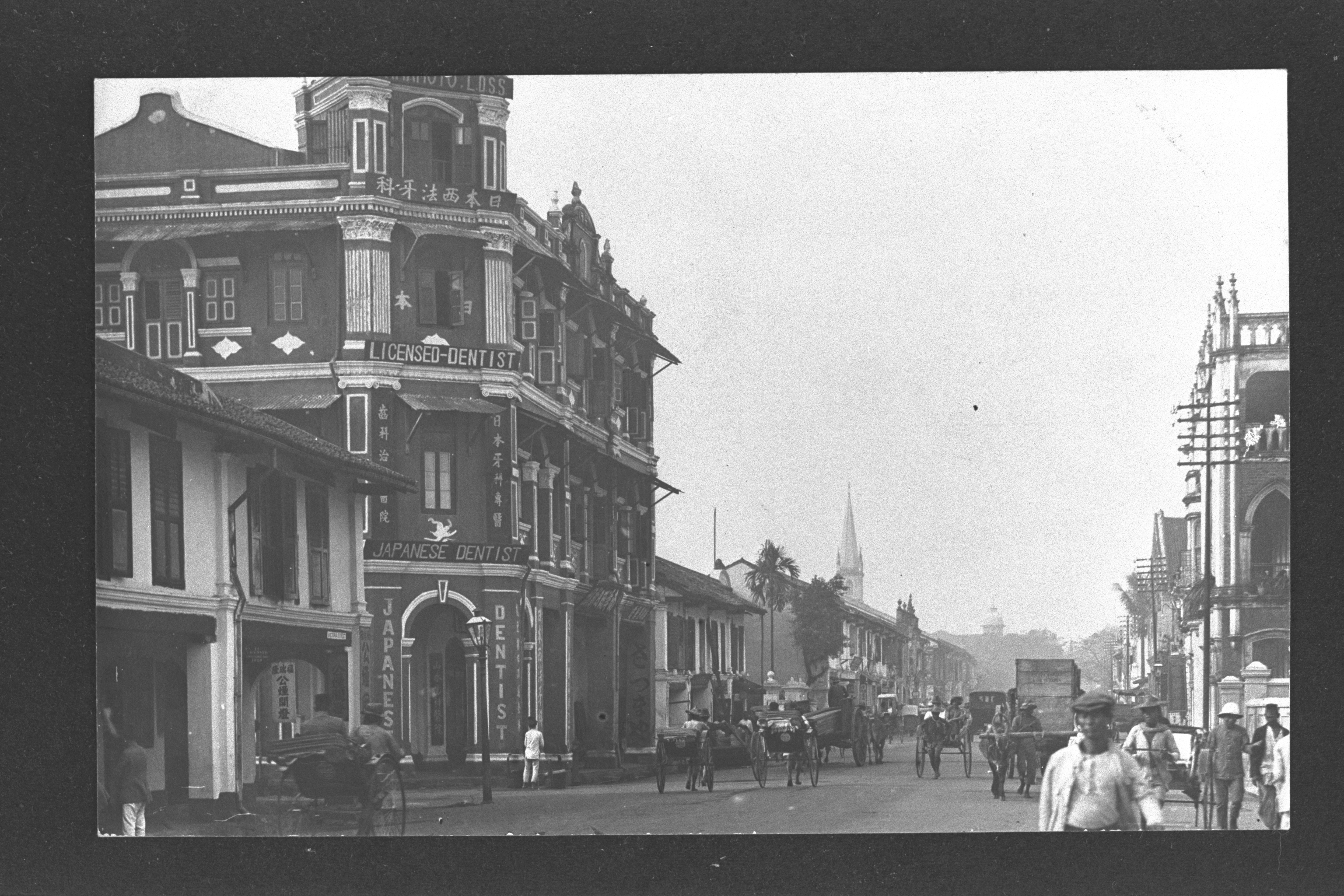This dark blue kebaya with figural designs is unusual in kebayas. With their pigtails, blouse-and-slacks attire, and bearing marketing baskets, the figures illustrated on this piece could have been fashioned after the 'ah mah che', or Cantonese domestic helpers hired by wealthier Peranakan households.The kebaya is a long-sleeved, open-front blouse typically paired with a colourful batik sarong. Kebayas are thought to have been first worn by the Indo-Dutch ladies in the latter part of the 19th century. Its exact origins remain unclear, although some suggest that it comes from the Arabic abaya, a long, open-front tunic. The kebaya has also been associated with the Portuguese kobaya, a lace-trimmed blouse.By the 1940s, the increased popularity of hand-turned (and later, foot-powered) sewing machines made stunning and intricate embroidery possible. Embroidery-work, also known as 'sulam', has since been viewed as a distinguishing feature of kebayas.The Peranakan Chinese kebaya is one of the most distinctive features of the Peranakan Chinese today. It is currently undergoing a revival in Singapore and Malaysia, with many Peranakan Chinese women wearing kabayas during festive occasions like wedding and Chinese New Year as a mark of their Peranakan identity. Many of the old kabayas from the early to mid 20th century continue to inspire new creations today.




